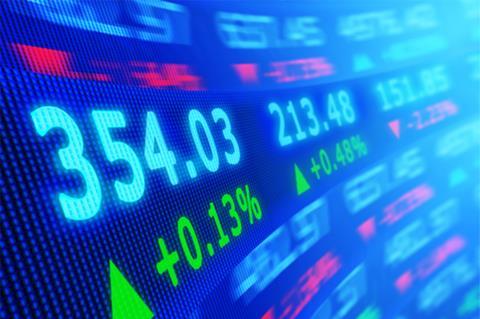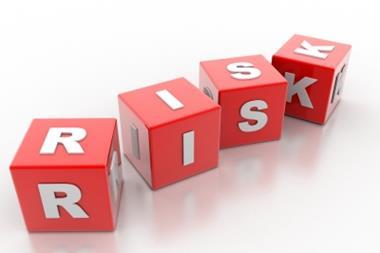Potential loss to the world’s economic output estimated at $1.17bn in 2017

A market crash remains the biggest risk to the global economy, followed by interstate conflict and tropical windstorm, according to a new report by the Cambridge Centre for Risk Studies at the University of Cambridge Judge Business School.
The Centre recently launched the Cambridge Global Risk Index, which analyses the exposure to shocks of the global economy against a calculated baseline and provides an overview of risk for the world’s economy for the next 10 years.
The potential loss to the world’s economic output is estimated at $1.17trn in 2017 and rising in the following two years.
Many risk factors are driving the projected rise in losses in the next 10 years, the Centre said. These include:
- The world’s economy is growing so there is more value at risk
- Emerging economies have proportionally greater risk
- Geopolitical risks are increasing
- Technology risks are proliferating; cyber risks and solar storms are the greatest threats
- Climatic chance is likely responsible for greater windstorm and flood risk
- Trading networks are more interconnected
Some risks included in the analysis are not incorporated in conventional risk management products and standard perils covered in traditional insurance, the Centre said, adding that better understanding of these risks may provide opportunities for insurers to create new product offerings and address new markets.
Professor Danny Ralph, academic director of the Cambridge Centre for Risk Studies, said: “Periodic crises have always punctuated economic growth. The next decade will certainly see crises and catastrophes of these kinds afflicting these 300 cities. The Cambridge Global Risk Index provides guidance where future disruptions to revenues and economic activity are most likely. It is also sufficiently robust/flexible/resilient that it can handle events/outcomes which are unexpected in terms of likelihood or probability.”
The Global Risk Index is a measure of how economic production for 300 leading world cities could suffer from any of 22 threats in five broad categories. The Centre identified these threats as the most significant risks to the global economy through an extensive study of shocks to society and the economy over the past 1000 years. The analysis includes scenarios of exceptional events that could result in losses of more than $1 trillion.





















No comments yet